MONHEGAN — It must have been a heck of a party.
Many of the island’s best-known artists were there, and the New York painter George Bellows even marched with the community band, playing a nifty snare drum.
It was the summer of 1914, and the occasion was the 300th anniversary of the first European settlement on Monhegan Island. John Smith, the notable English explorer, arrived at the island off the Maine coast in April 1614. That was six years before the pilgrims landed at Plymouth, though it was not until the mid-1700s that Monhegan would be settled permanently by non-Indians.
The celebration 100 years ago included island residents, visitors, dignitaries and, of course, the artists.
Although Monhegan was settled because of its rich fishing grounds and safe harbor, the island has long been attractive to painters, who relish its seclusion and dramatic scenery.
Artists discovered the place in the mid-1800s, and by 1914 the island had become a bit of a pilgrimage for the painting crowd.
The ghosts of those early Monhegan artists are back for a visit, with a summer-long exhibition that commemorates what historians believe was the first organized display of paintings by island artists.
The Monhegan Museum, which sits high atop Lighthouse Hill, hosts “The Famous and the Forgotten: Revisiting Monhegan’s Celebrated 1914 Art Exhibition.” It is on view through Sept. 30 and features more than 50 paintings by 18 artists who hung work in that first exhibition.
The exhibition is part of the island’s quadricentennial celebration, which culminates Aug. 5-6 with a party and festivities that will include a juried contemporary art show, parades, music and speeches.
At least two of the paintings in the summer show at the museum were part of the original exhibition 100 years ago: a beautiful small oil painting by Bert Poole called “The Hermitage,” which shows a hermit’s beach-side shack; and Charles Ebert’s lush Impressionist landscape, “Grammy Richards’ House.” The light of the island rings true in the Ebert’s painting of a newly constructed island home. The painting melds blues and greens of a summer meadow to create a tapestry of joy.
Museum director Ed Deci is fairly confident that other works on the walls this summer might have been in the exhibition of 1914. With only a few exceptions, the paintings in “The Famous and the Forgotten” are from that period.
“What you are seeing in this summer’s exhibition is very similar to what you would have seen 100 years ago,” he said.
That show was held in Poole’s painting studio. Any island artist was welcome to submit work for the 1914 exhibition. It was non-juried, and artists chose their own work.
About 20 artists participated. Back then, that represented the whole of the Monhegan art community.
Today, it’s not unusual to see 20 artists painting where the dirt roads meet in the village, another 20 down at Lobster Cove and 20 more on the island’s rugged backside.
FERTILE ARTISTIC GROUND
Although Monhegan was becoming famous among the painting crowd by then, the 1914 exhibition helped set the course for the island as an art destination.
The exhibition received write-ups in local papers, as well as in the Christian Science Monitor in Boston, which heralded the development of Monhegan as a destination for artists. “The art colony has come together as a unit and made up an exhibition that is making a strong impression,” touted the paper.
Among the famous were Ebert, Bellows, Wilson Irvine, Frederick Judd Waugh and Samuel Triscott. The forgotten are artists only those intimately familiar with the history of Monhegan art might know: Alice Swett, Robert William Broderick and Karl Schmidt, all Boston-area painters whose families summered on Monhegan. Some were weekend painters, or hobbyists. Others fancied themselves as something more than that.
As Deci notes, the line between fame and forgotten is thin and often left to chance. In most instances, the quality of work among the forgotten is just as accomplished as the work of the famous, he said.
And of course, fame is relative. Alice Kent Stoddard had quite a resume, including exhibiting at the Pennsylvania Academy in 1910 and being elected as an associate to the National Academy in 1938. She was best known as a portrait painter and also made beautiful landscapes. But her fame paled in comparison to her cousin, Rockwell Kent. During her early trips to Monhegan, she rented Kent’s studio. Later, she purchased it.
Assembling this show presented an unusual challenge for Deci and his staff. The work of forgotten artists is hard to track down. The museum benefited from its deep roots in the extended island community.
About half the paintings came from the museum’s collection. Most of the rest came from friends of the museum, often island residents whose homes include paintings handed down from one generation to the next. The late Jacqueline Hudson, daughter of artist Eric Hudson, was particularly generous. She spent 90 summers on the island, and gave many paintings that are in the show to the museum.
A seascape of crashing surf by Frederick Judd Waugh came from the Portland Museum of Art. Another by Waugh’s son, F. Coulton Waugh, came from the art gallery at Syracuse University.
THE ISLAND’S FIRST YEAR-ROUND RESIDENT
In addition to Bellows, who is represented by two paintings in this show, the other best-known painter is Triscott. He was the first artist to live year-round on the Monhegan, visiting in 1890s and moving here in 1902. He stayed on the island until his death in 1925.
He was born in England and established his reputation in Boston as an expert watercolorist. He has six paintings in this show, including an oil painting of the surf crashing hard against the rocks.
If there is a theme among these works, it is the surf itself. While many of the paintings depict village life, most were painted or conceived on the island’s rocky shores, where tall cliffs drop into the sea.
It is the surf that brought these artists to Monhegan in the first place.
The best-known artist retreats at Ogunquit and along the Long Island Sound offered sandy beaches, quaint cottages and majestic ships. Monhegan offered all that, as well as the shadowy forest, the dangerous and dramatic cliffs of Blackhead and Whitehead, and the ship-busting ledges of Lobster Cove.
The painterly spirit of adventure was evidenced in a letter that Bellows sent to his wife: “Yesterday the surf was real Monhegan and we got a lot of sketches that I think (are) good surf pictures. All small things, 12 x 15 inches in size, but I think will have a good showing for my summer work.”
The pull of waves endlessly pounding the rocks remains as strong today as a century ago.
What has changed is the village itself. In 1914, Monhegan was a small community of about 120 year-round residents, but undergoing a building boom. The paintings in “The Famous and the Forgotten” depict a small village, with a few dozen homes clustered near the harbor.
Today, there are more than 100 cottages on the island, mostly for summer folk. Monhegan is home to only a few dozen year-round residents. There are fewer people living on the island year-round now than at any time in the past century.
Copy the Story LinkSend questions/comments to the editors.


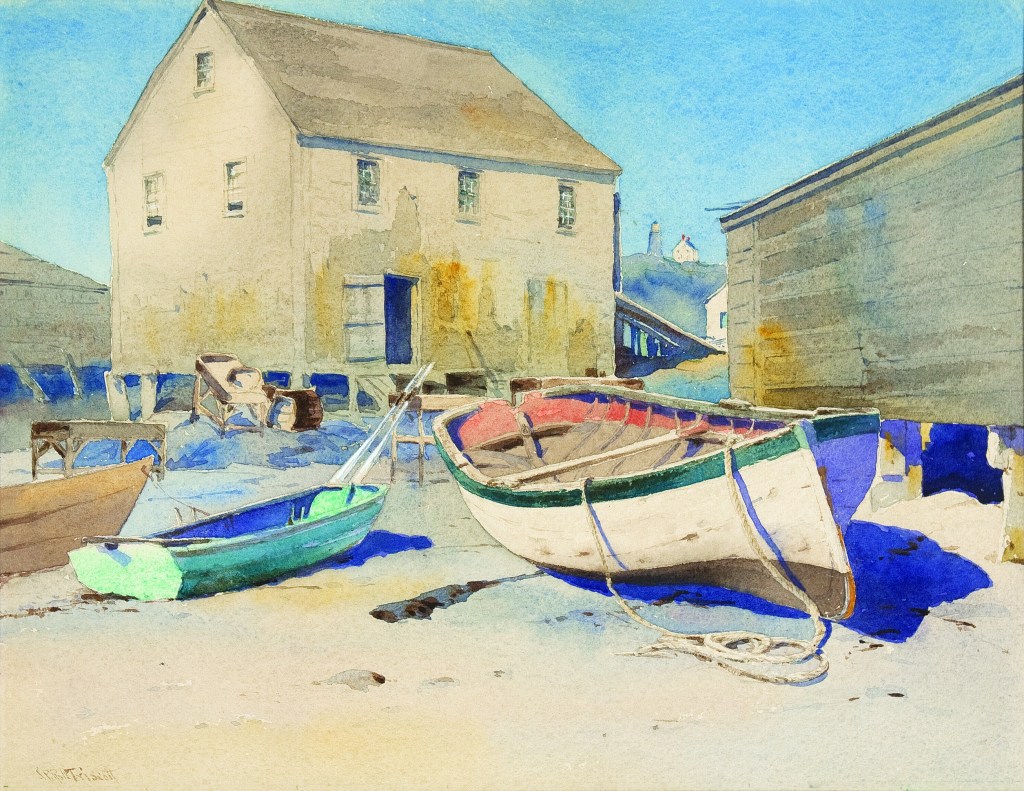
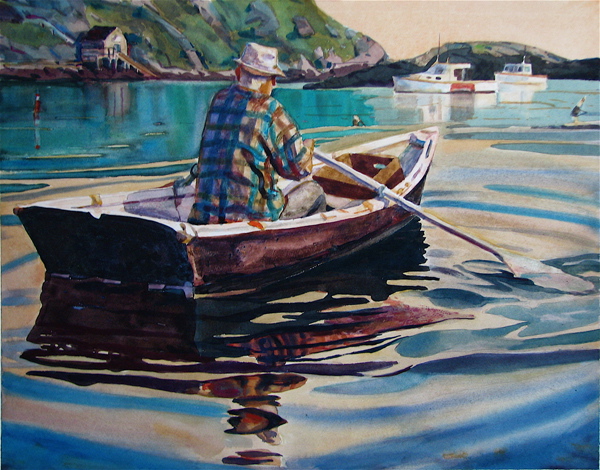
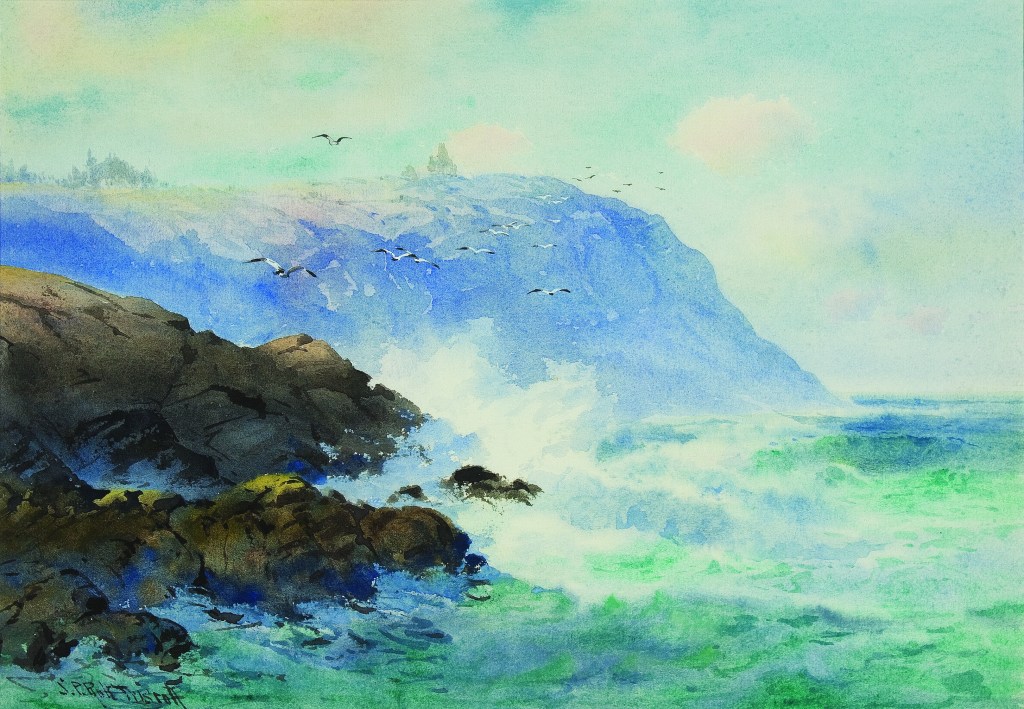
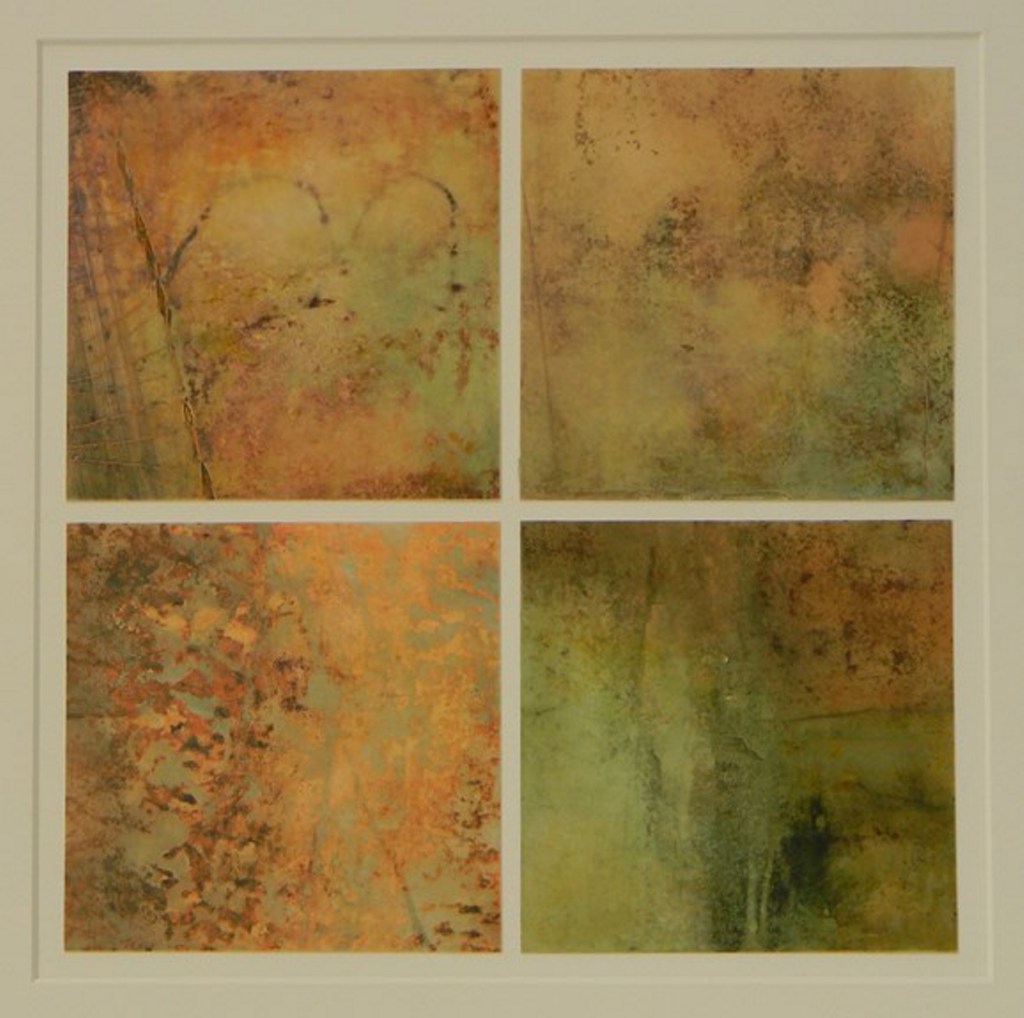
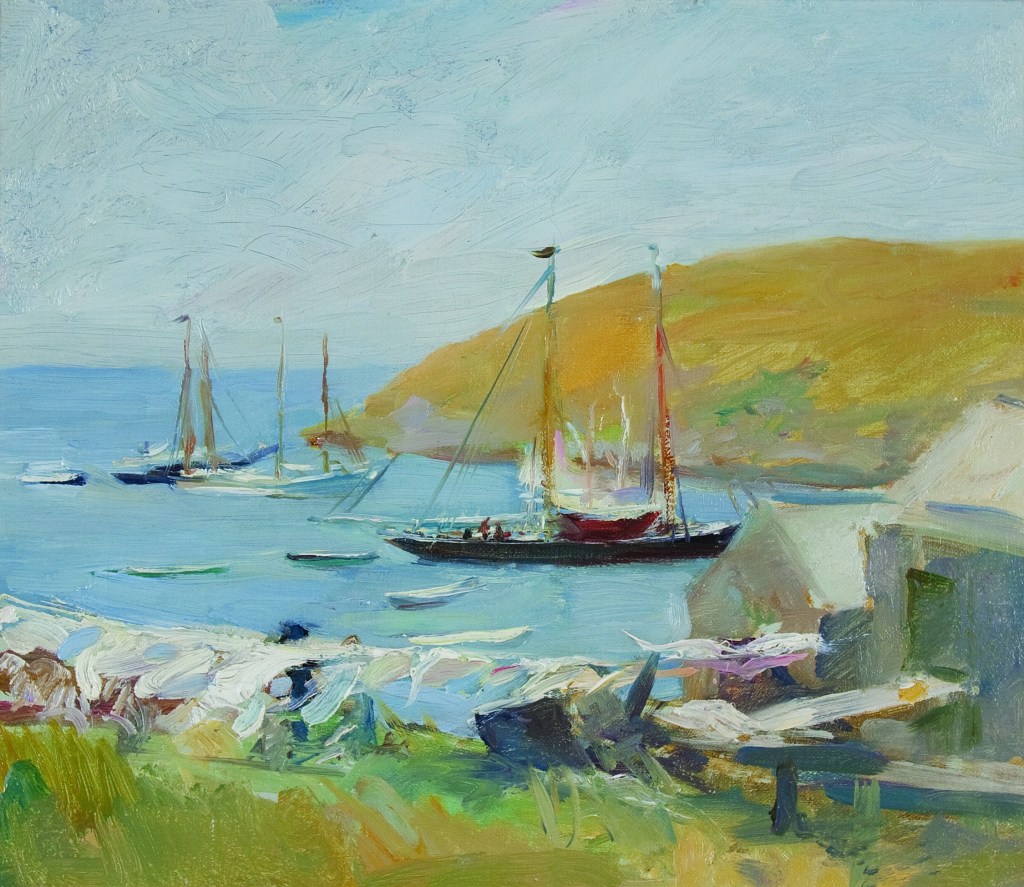
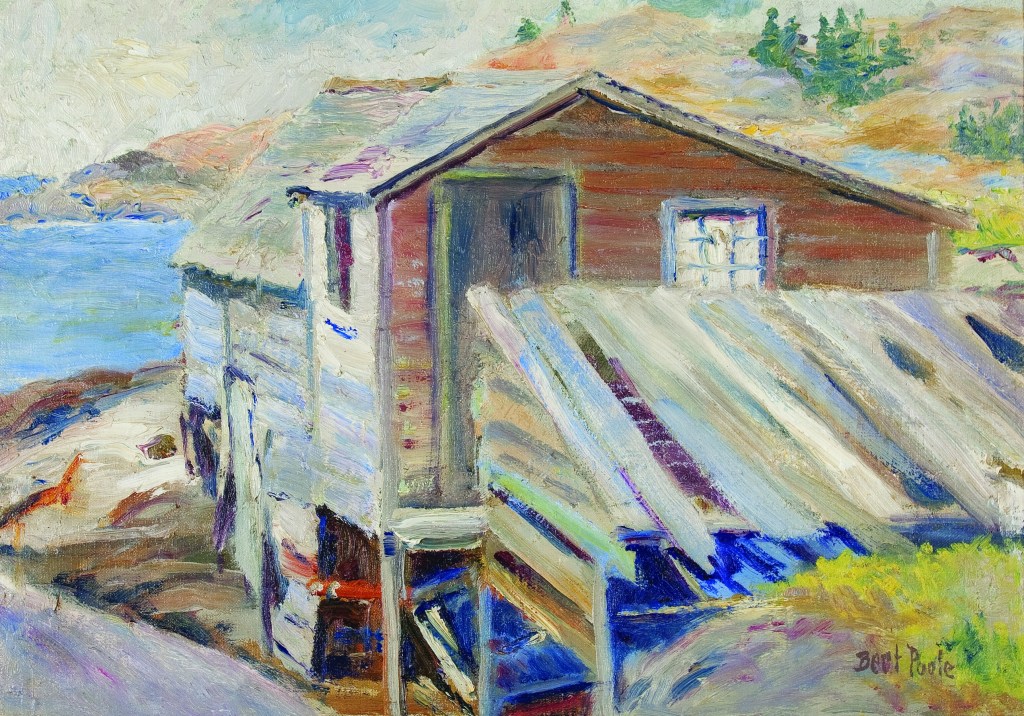
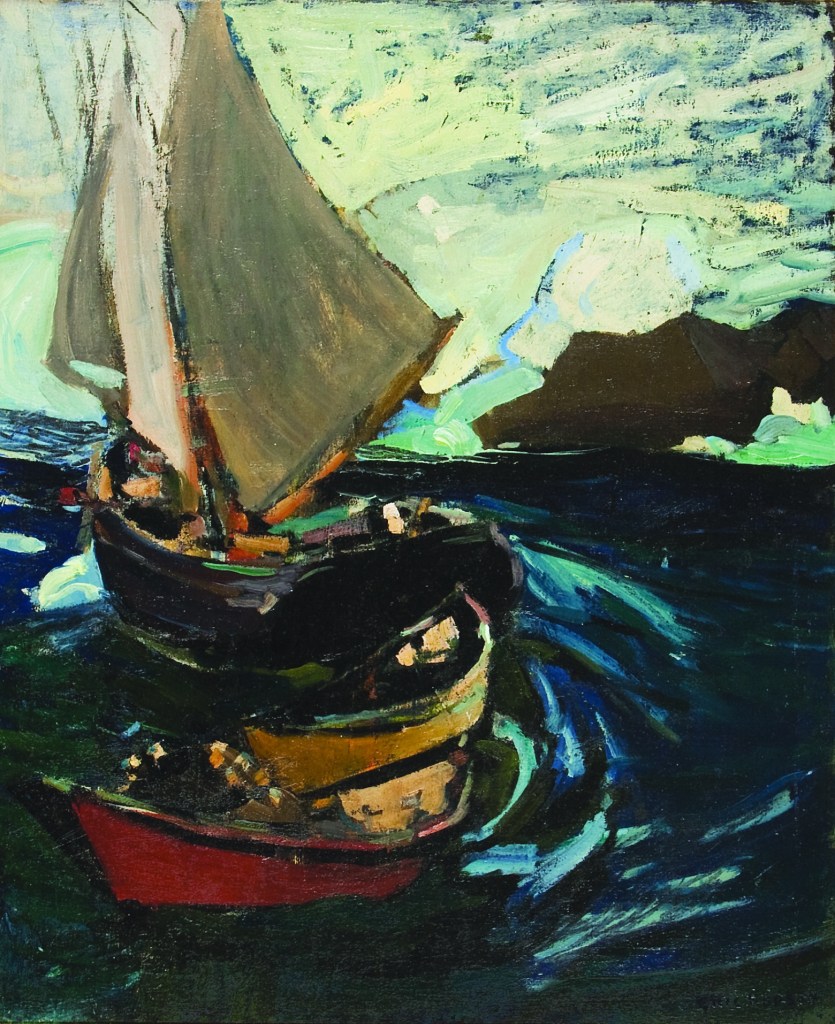
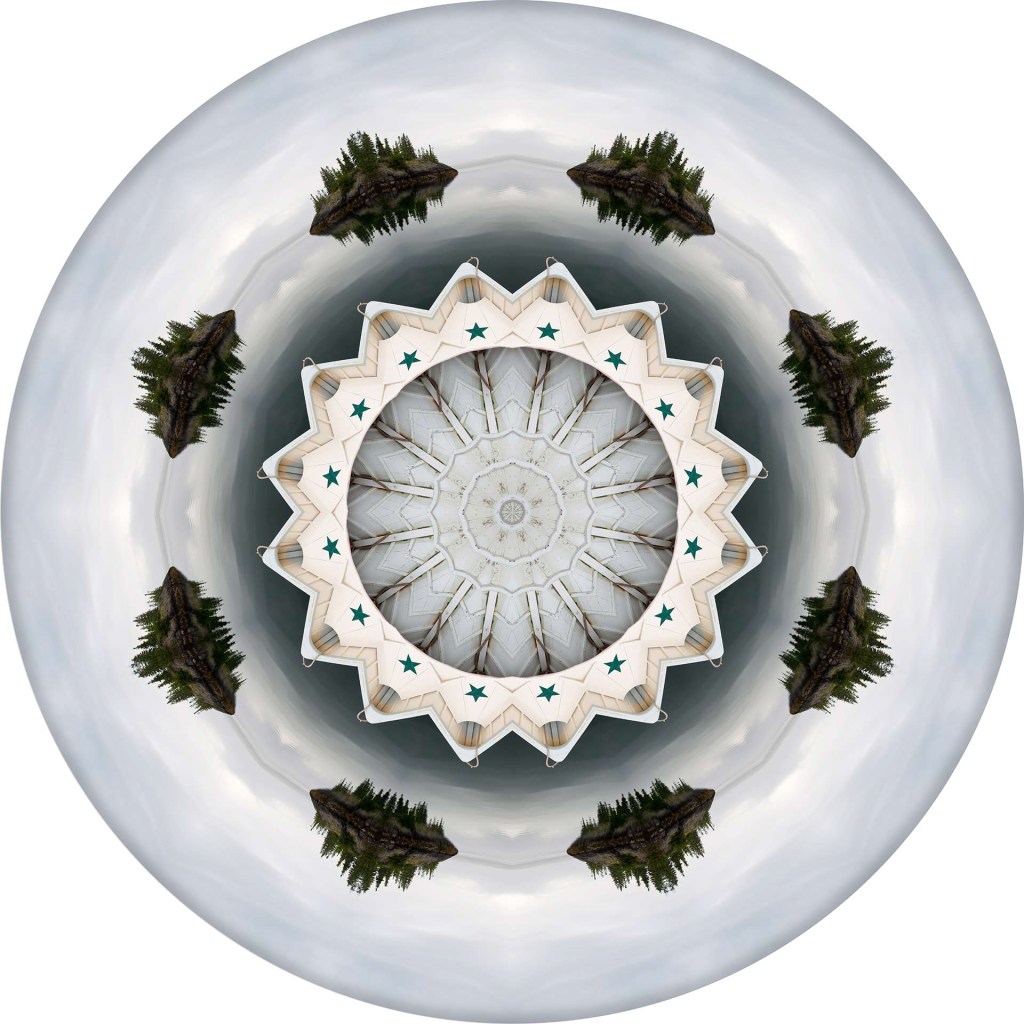
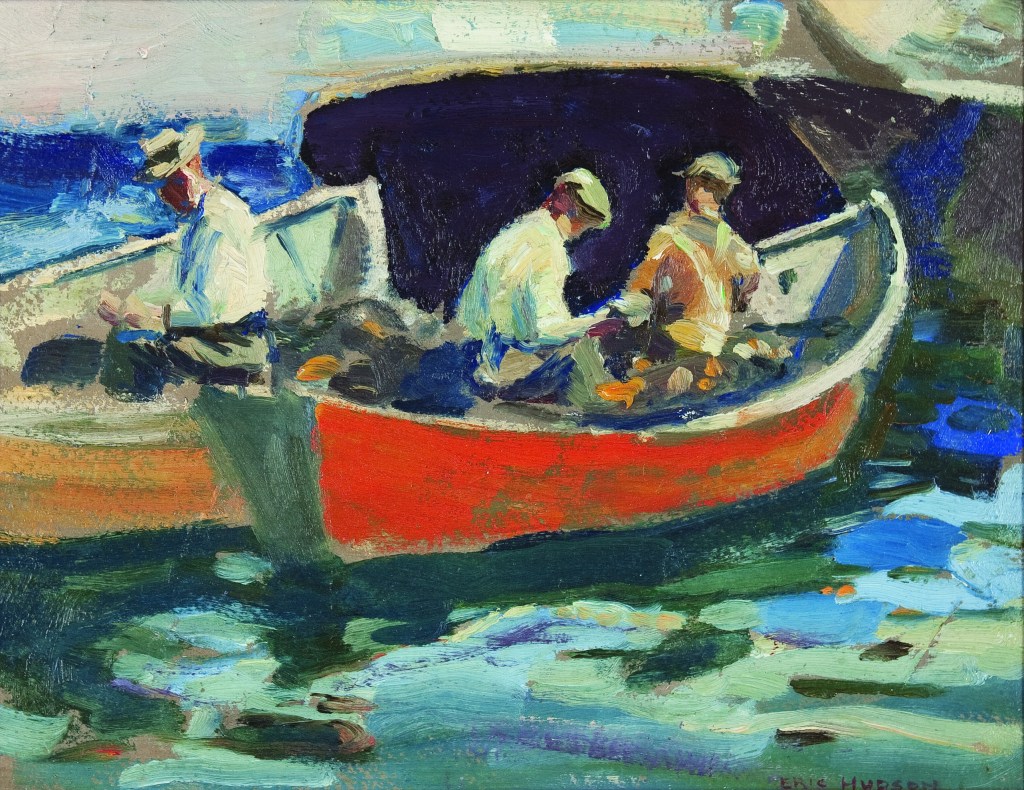
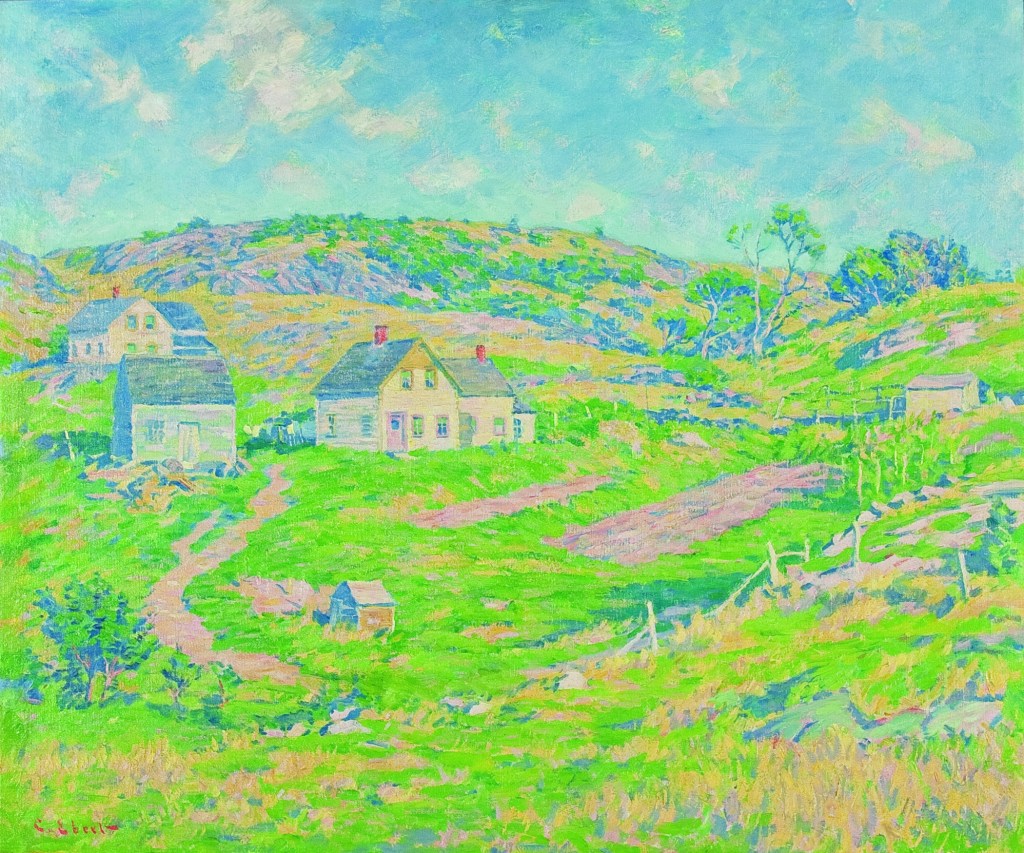
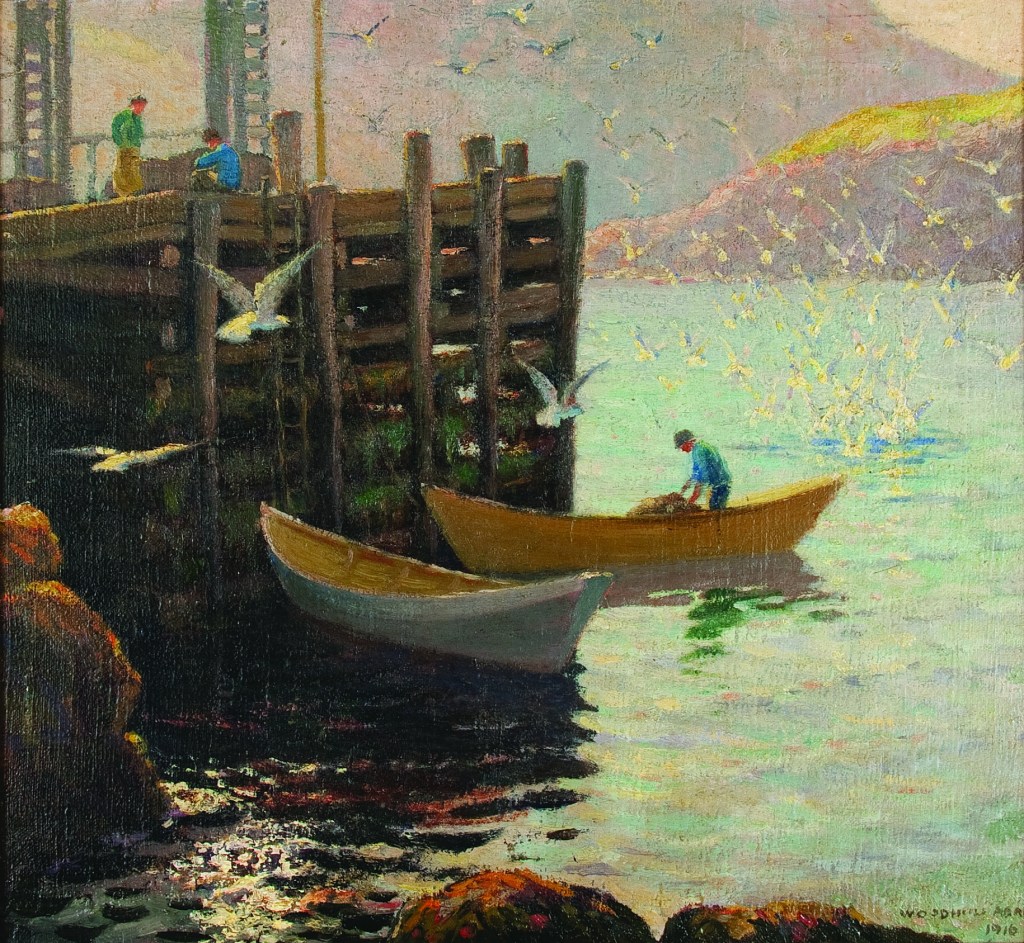

Success. Please wait for the page to reload. If the page does not reload within 5 seconds, please refresh the page.
Enter your email and password to access comments.
Hi, to comment on stories you must . This profile is in addition to your subscription and website login.
Already have a commenting profile? .
Invalid username/password.
Please check your email to confirm and complete your registration.
Only subscribers are eligible to post comments. Please subscribe or login first for digital access. Here’s why.
Use the form below to reset your password. When you've submitted your account email, we will send an email with a reset code.